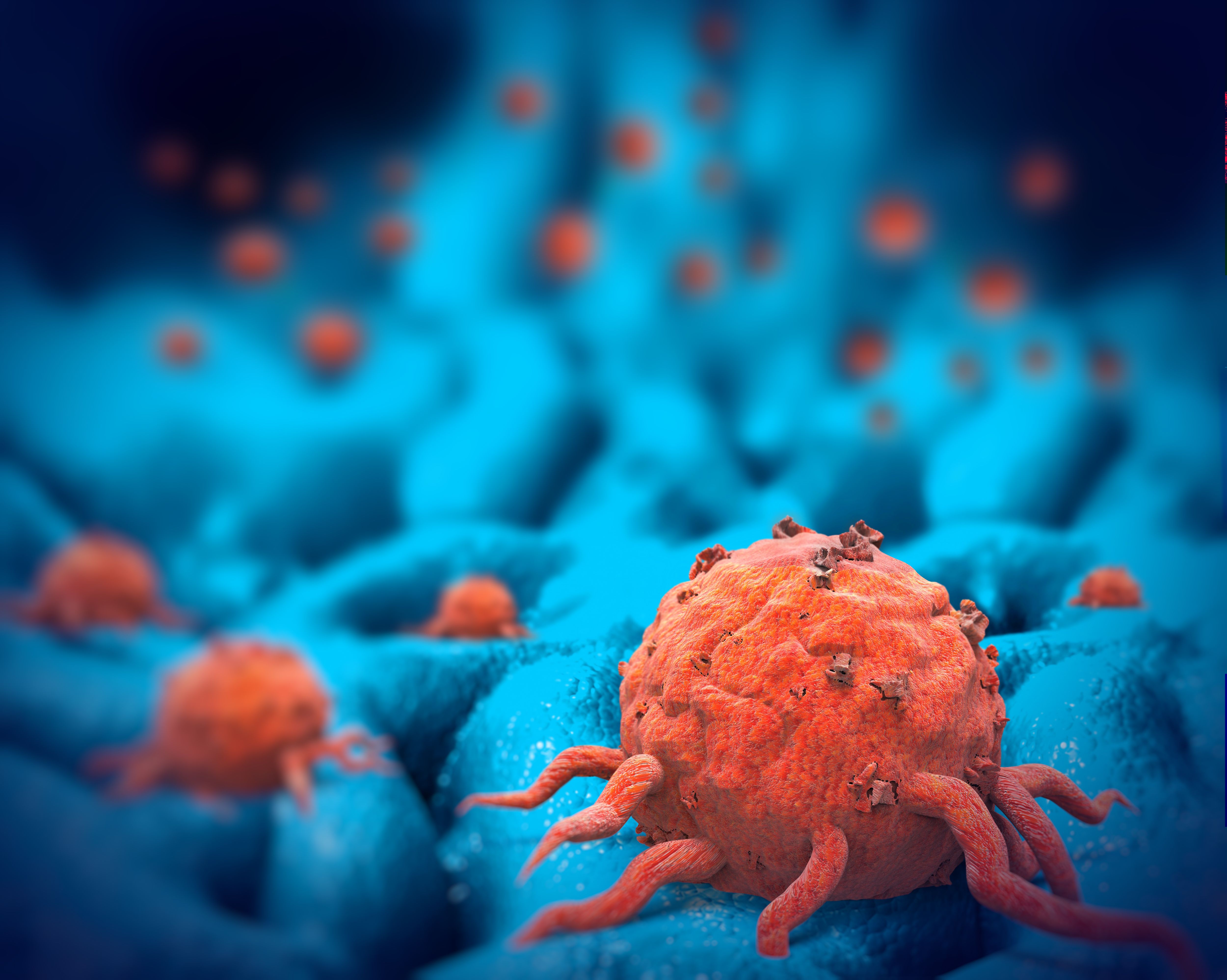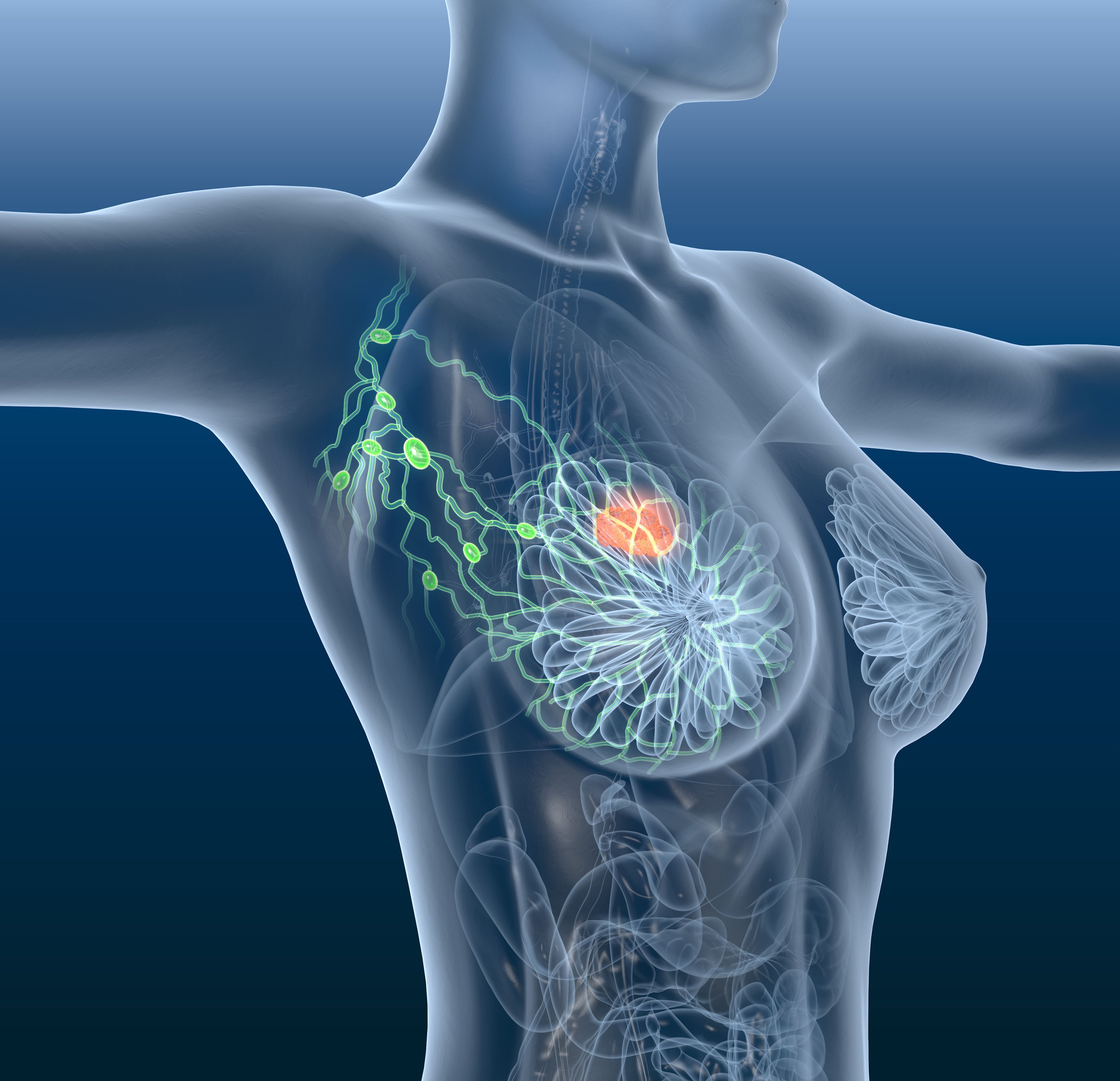
Breast Cancer
Latest News

Latest Videos

More News

CancerNetwork® spoke with Cynthia X. Ma, MD, PhD, during the American Association for Cancer Research Annual Meeting 2021 about data supporting the potential use of the exemestane/leuprolide acetate plus pembrolizumab combination.

In this special edition of the “Oncology Peer Review On-The-Go” podcast, CancerNetwork spoke with Reshma L. Mahtani, DO, about genomic testing to optimize treatment outcomes in HR-positive breast cancer.

The combination of alpelisib and fulvestrant maintained a tolerable safety profile for patients with PIK3CA-mutated, hormone receptor–positive, HER2-negative advanced breast cancer who progressed after previous treatment with a CDK4/6 inhibitor.

In this special edition of the “Oncology Peer Review On-The-Go” podcast, CancerNetwork spoke with Vijayakrishna (VK) Gadi, MD, PhD about the current role of genomic testing in HR-positive breast cancer.
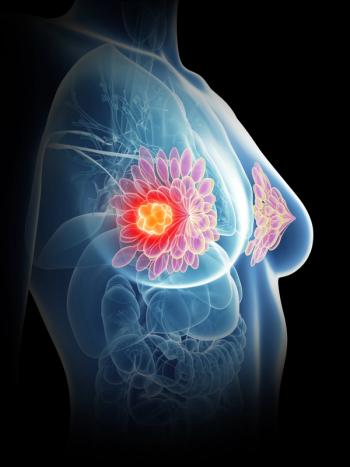
The long-term equivalence trial examined the rates of ipsilateral breast tumor recurrence for patients receiving electron intraoperative radiotherapy and whole-breast irradiation at 5-, 10-, and 15-year follow-up times.

An expert panel of breast oncologists discusses factors they consider when deciding whether to screen a patient with HER2+ breast cancer for brain metastases.

Adam Brufsky, MD, PhD, presents the case of a 37-year-old woman with HER2+/HR- metastatic breast cancer and polls the audience about screening for brain metastases.
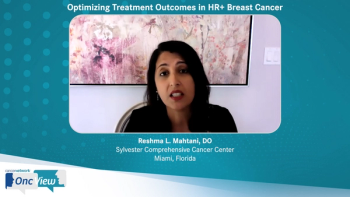
An overview of unmet needs surrounding current treatment patterns for early-stage HR+ breast cancer.
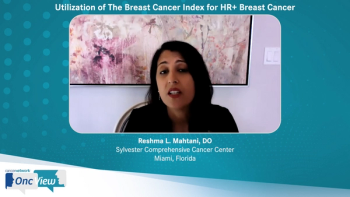
Thoughts regarding how the addition of the Breast Cancer Index to the NCCN guidelines for HR+ breast cancer may likely impact extended adjuvant therapy and patient outcomes.
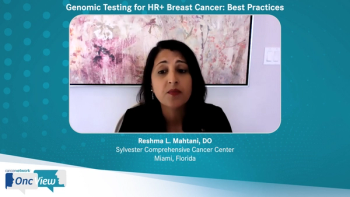
Dr Reshma L. Mahtani, of Sylvester Comprehensive Cancer Center, describes when and for whom she recommends genomic testing for HR+ breast cancer.
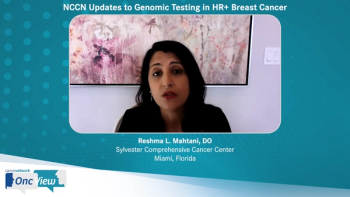
A review of recent updates to genomic testing guidelines by the National Comprehensive Cancer Network and important takeaways that impact treatment decisions for HR+ breast cancer in the extended adjuvant setting.

The rationale for treating early-stage HR+ breast cancer with extended adjuvant therapy and factors that impact treatment selection.

Insights into ongoing unmet needs in the individualized management of HR+ breast cancer and thoughts regarding future directions.

Identifying Patients for Extended Adjuvant Therapy With the Breast Cancer Index in HR+ Breast Cancer
Role of the Breast Cancer Index genomic index in therapeutic decision-making in the extended adjuvant setting in HR+ breast cancer.

A review of NCCN-recommended genomic assays and their impact on the management of HR+ breast cancer.

Best practices for the appropriate and timely use of genomic assays in clinical practice for patients with HR+ breast cancer.

Discussion of predictive and prognostic markers used to guide treatment decision-making in HR+ breast cancer.

The goals of adjuvant therapy versus extended adjuvant therapy for early-stage HR+ breast cancer and current treatment options available for each approach.

An optical coherence tomography–based imaging system was granted breakthrough device designation for detection of residual tissue during certain surgical procedures in patients with breast cancer.
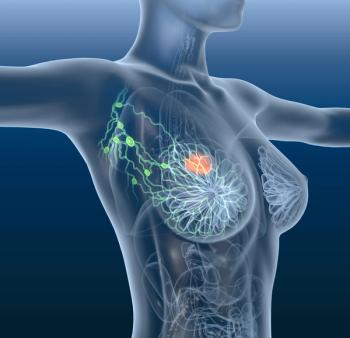
CancerNetwork® spoke with Francesco Ravera, MD, PhD, during the American Association for Cancer Research Annual Meeting 2021 to discuss how results of a study aimed at determining pathological complete response in patients with locally advanced breast cancer by cell-free DNA may spare certain patients from needing further biopsies.

Recent guidelines have advised against routine use of sentinel lymph node biopsy and radiotherapy in patients over age 70 years with breast cancer, but a new study finds most patients still receive the interventions.
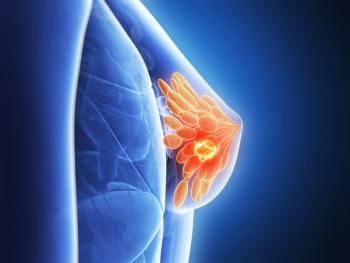
CancerNetwork® spoke with Francesco Ravera, MD, PhD, during the American Association for Cancer Research Annual Meeting 2021 to discuss results of a study aimed at determining pathological complete response in patients with locally advanced breast cancer by either cell-free DNA assessment or traditional MRI.

CancerNetwork® spoke with Francesco Ravera, MD, PhD, during the American Association for Cancer Research Annual Meeting 2021 to discuss a study that looked at cell-free DNA assessment compared with traditional MRI for determining pathological complete response in patients with locally advanced breast cancer.

“It’s a time for great hope with breast cancer, given the number of agents being evaluated now.” –Sara A. Hurvitz, MD

The clinical benefit rate of the neratinib plus fulvestrant combination treatment did not meet the predefined efficacy threshold, but was active in heavily pretreated patients with estrogen receptor-positive, metastatic breast cancer.


